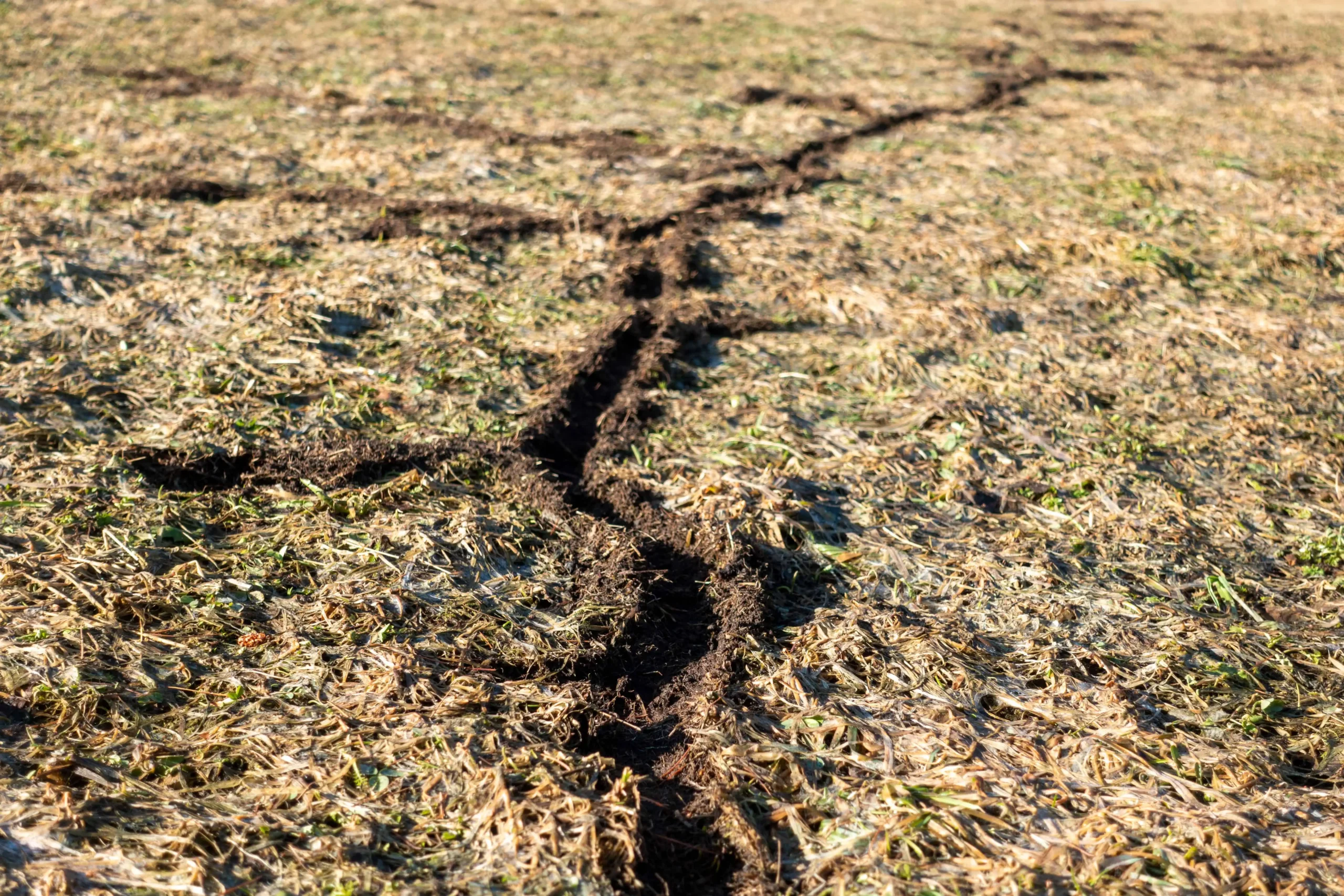Comprehensive Guide to Reliable Vole Pest Control: Problem Recognition and Treatment Approaches
In the world of effective parasite control, vole invasions pose an one-of-a-kind difficulty that demands a critical method. These tiny rodents, frequently incorrect for mice, can damage gardens, lawns, and plants if left unattended. Recognizing the signs of vole visibility and carrying out targeted therapy approaches are crucial elements of a successful parasite management strategy. By exploring the subtleties of vole habits, comprehending key signs of problem, and assessing an array of control options, one can establish a comprehensive method to combat these elusive bugs.
Comprehending Vole Behavior
Vole behavior is defined by their tunneling practices and fast recreation prices, making them a difficult pest to manage effectively. Their fast reproductive rate further makes complex control initiatives, with females capable of creating numerous litters in a single year, each including a number of spawn.
Voles are most energetic throughout the early morning and night hours, spending most of their time foraging for food. Their tunneling routines not only disturb yards and lawns yet additionally make them testing to remove and spot. Understanding vole habits is vital for effective bug control techniques. By recognizing their burrow locations, keeping track of feeding locations, and implementing targeted control approaches, such as trapping or environment modification, vole invasions can be taken care of efficiently.
Indicators of Vole Invasion

Avoidance Approaches
Carrying out reliable prevention strategies is vital in reducing vole infestations and protecting plant life from their devastating feeding routines (vole control). To avoid vole problems, it is essential to begin by removing prospective food resources and sanctuary. Maintain grass and greenery trimmed short, remove weeds and debris, and preserve a tidy yard or yard to make the area less appealing to voles. Setting up obstacles such as equipment towel or underground fence can additionally aid deter voles from entering specific areas. Additionally, decreasing excess wetness by taking care of dripping pipes and guaranteeing appropriate water drainage can make the environment less friendly for voles.
Frequently examining the property for indicators of vole activity, such as runways and delve openings, is crucial for very early discovery and prompt activity. Take into consideration utilizing repellents or catches strategically placed near their pathways if vole task is thought. Employing all-natural killers like snakes or owls can likewise assist maintain vole populations in check. By applying a mix of these avoidance methods, garden enthusiasts and property owners can effectively secure their greenery from vole damages.
Non-Lethal Control Methods
To effectively manage vole populations while focusing on gentle methods, non-lethal control methods supply practical remedies for reducing vole damage in yards and landscapes. These obstacles can be buried at least 12 inches deep and bent at a 90-degree angle to avoid voles from burrowing below.

Lethal Control Options
One efficient method for dealing with vole infestations in landscapes and gardens involves the tactical use of dangerous control alternatives. When faced with a serious vole invasion that non-lethal methods have stopped working to include, implementing dangerous read review control actions comes to be essential. Generally, when employing dangerous control options, it is crucial to do so responsibly and in accordance with neighborhood laws to efficiently take care of vole infestations.
Verdict
In final thought, effective vole insect control calls for a comprehensive understanding of vole habits, recognition of indicators of infestation, application of avoidance techniques, and application of both non-lethal and dangerous control methods. By combining these approaches, people can effectively manage vole populations and protect their home from damages. It is essential to address vole problems immediately to avoid further problems and reduce the influence on the surrounding environment.
Provided the detailed passage systems and rapid recreation prices characteristic of voles, acknowledging the indications of vole invasion ends up being necessary in efficient insect control. One of the key indicators of vole visibility is the existence of surface area runways or routes in yard or snow, usually regarding 1-2 inches large, created as voles take a trip between their burrows and food resources.To efficiently manage vole populations while prioritizing humane methods, non-lethal control techniques use sensible services for reducing vole damages in yards and landscapes.One efficient approach for attending to vole problems in landscapes and yards includes the critical usage of deadly control alternatives. vole control utah.In verdict, reliable vole parasite control needs a comprehensive see post understanding of vole actions, identification of indicators of invasion, execution of prevention approaches, and use of both lethal and non-lethal control methods